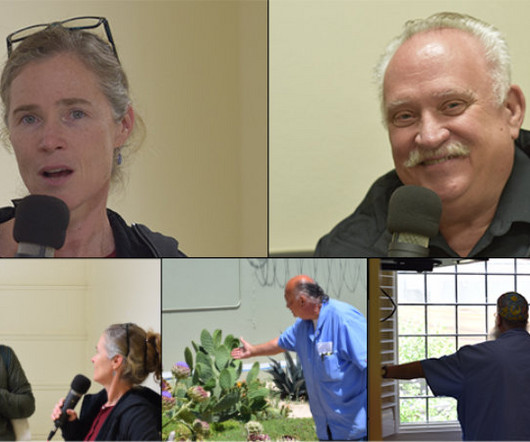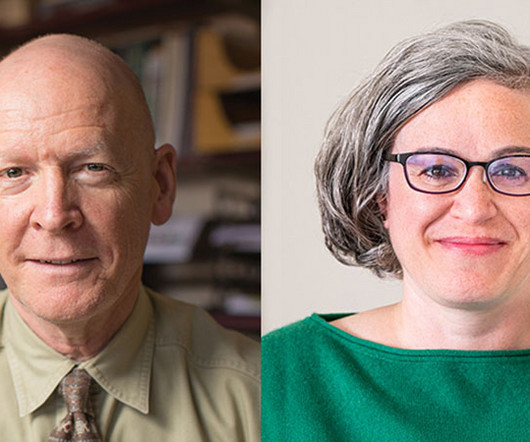Hospice in Prison Part 1: An interview with Michele DiTomas and Keith Knauf
GeriPal
JUNE 22, 2023
Through a series of events, I started working as a consultant to the Department of Corrections in around 2006, and I was assigned to the California Medical Facility. Healthcare staff were afraid of patients with HIV because there wasn’t clarity on how it was transmitted. Michele: Yep. And then they entered. Eric: Great.











Let's personalize your content